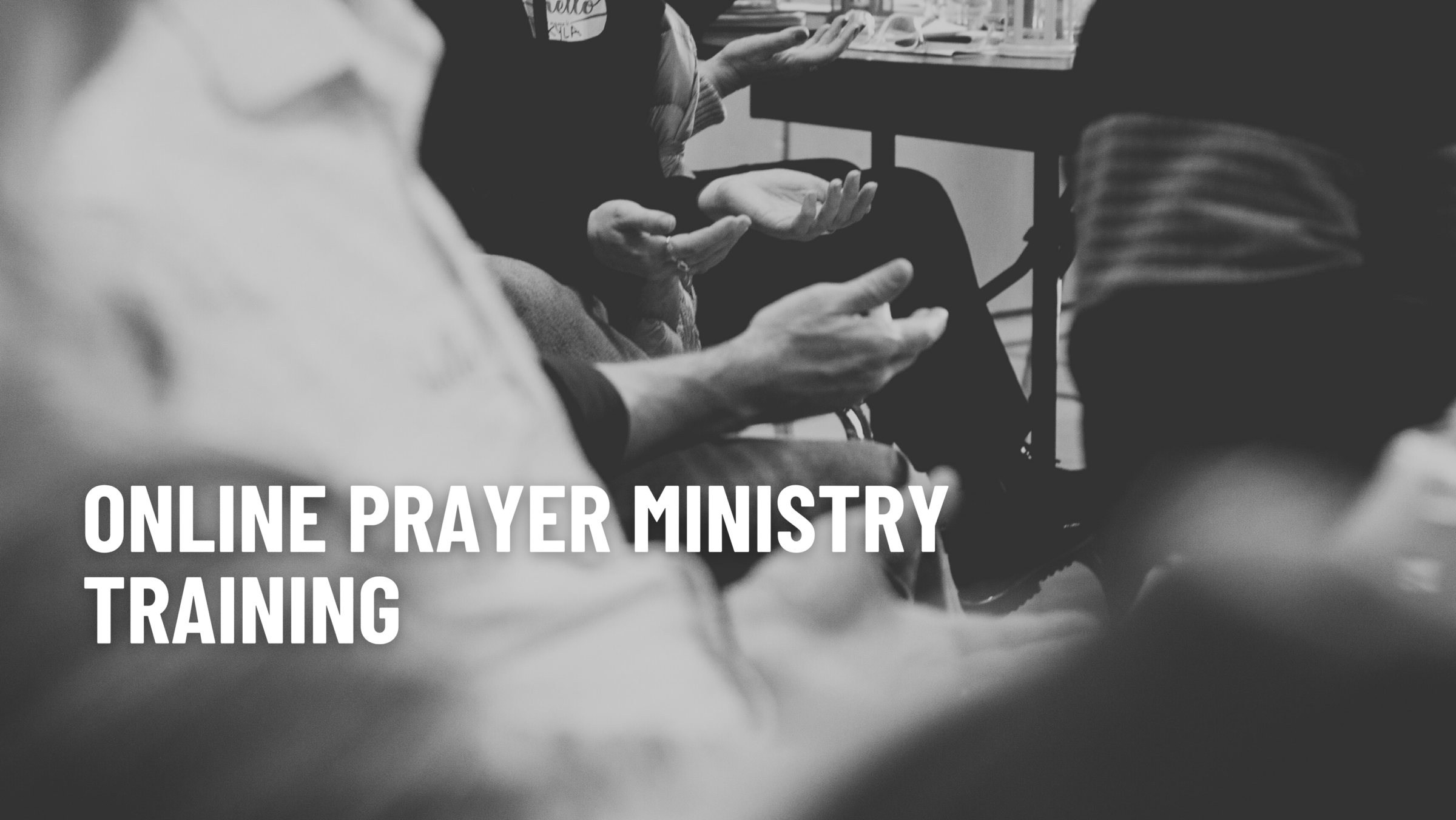Ensuring the safety and well-being of individuals in a ministry setting is of utmost importance. Safe ministry practices not only protect vulnerable members of the community but also help to prevent any potential harm or abuse from occurring. By implementing policies and procedures that prioritize safety, ministries can create a welcoming and secure environment for all participants.
From screening volunteers and employees to providing training on recognizing signs of abuse, safe ministry practices cover a wide range of strategies to promote a culture of safety and accountability. In this article, we will explore the key components of safe ministry and provide tips for creating a safe and nurturing environment for all individuals involved in a ministry setting.
Implementing Policies and Procedures
Creating a safe ministry environment involves establishing clear policies and procedures that outline expectations for behavior, reporting protocols, and disciplinary actions. By safe ministry guidelines that prioritize the safety and well-being of all participants, ministries can proactively address potential risks and prevent harm from occurring. Regularly reviewing and updating these policies ensures that they remain relevant and effective in safeguarding vulnerable members of the community.

Training and Education
One crucial aspect of safe ministry practices is providing training for volunteers and employees on recognizing and responding to signs of abuse or neglect. Education on appropriate boundaries, confidentiality, and reporting procedures equips individuals with the knowledge and skills needed to create a secure environment for all participants. By investing in ongoing training programs, ministries demonstrate their commitment to safe ministry practices and prioritize the safety and protection of every individual involved.
By prioritizing safe ministry practices, organizations can ensure the protection and well-being of all individuals involved in a ministry setting. Through the implementation of clear policies and procedures, along with ongoing training and education for volunteers and employees, ministries can create a culture of safety and accountability. By continually reviewing and updating these practices, ministries demonstrate their commitment to safeguarding vulnerable members of the community and promoting a nurturing environment for all participants. Safe ministry is not just a set of guidelines, but a mindset that values the dignity and safety of every individual involved in a ministry setting.
